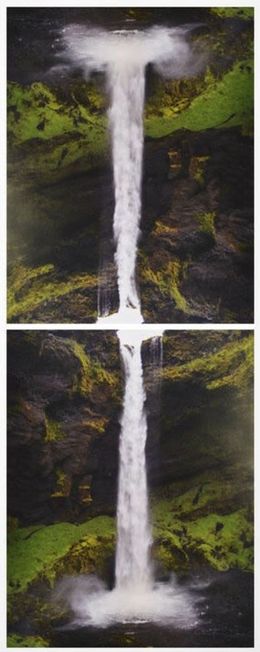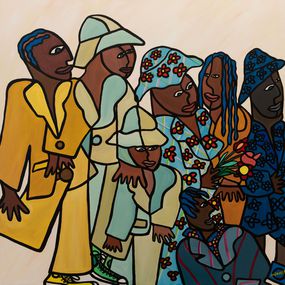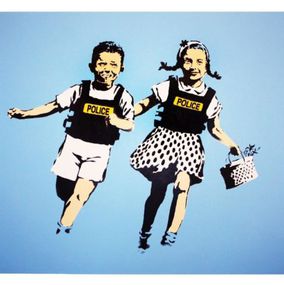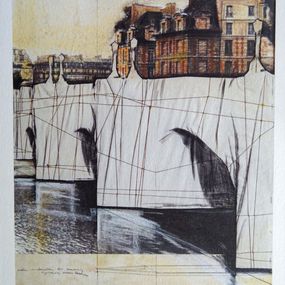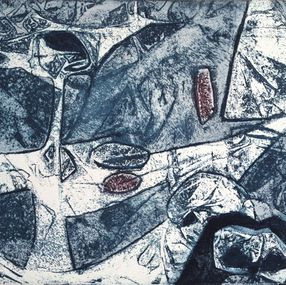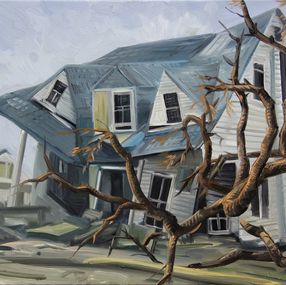
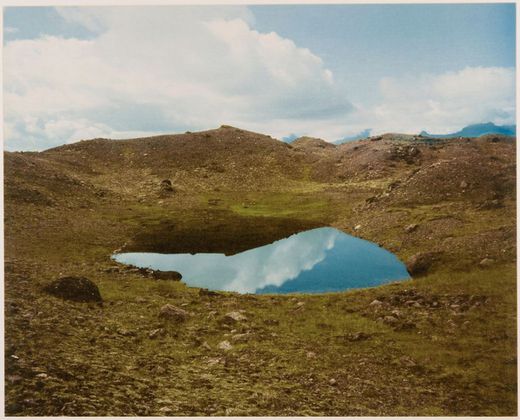
What I’m trying to do with my work is to ask people to think for themselves.
Biography
Ólafur Eliasson is a Danish artist born in 1967 in Copenhagen.
Born to parents of Icelandic origin, he spent a large part of his childhood in Iceland, a country to which he remained strongly attached. In 1993, after studying Fine Arts in Denmark, he moved to Germany, to Berlin. It was in this exceptional city that he decided to set up his studio, the Olafur Eliasson studio, which to date brings together the largest number of artist-architects in the world. Olafur Eliasson's work is atypical. A fond of monumental art installations, he rarely works alone. Calling himself an “idea giver", he collaborates with his fellow architects to create ever more imposing works, affirming his international fame on the contemporary art scene. Olafur Eliasson thus adopts a quasi-scientific artistic approach, qualifying himself his workshop as a research laboratory.
The Danish artist's favorite themes are the relationship between nature, technology, space and light. The latter is a primordial element in the work of Olafur Eliasson, who never ceases to work on it and to highlight it. The play with the natural elements is fine, precise, thoughtful. A follower of "Land Art", he highlights the natural elements within an urban, almost industrial space. The interaction between nature and technology allows him to play on the notion of an artificial nature, dependent on man and actions. Through this approach, he questions the border between the natural and the artificial, calling into question a Manichean opposition of these two concepts. Art is experimentation, and science allows nature and its natural phenomena to be reproduced. In particular, meteorology, geology and physics are given pride of place through complex installations.
In 2003, he represented Denmark at the Venice Biennale. The same year, he exhibited at the Tate Modern in London. In 2007, his work was awarded the Miro Prize.
Nationality
Categories
Artistic movements
Themes





